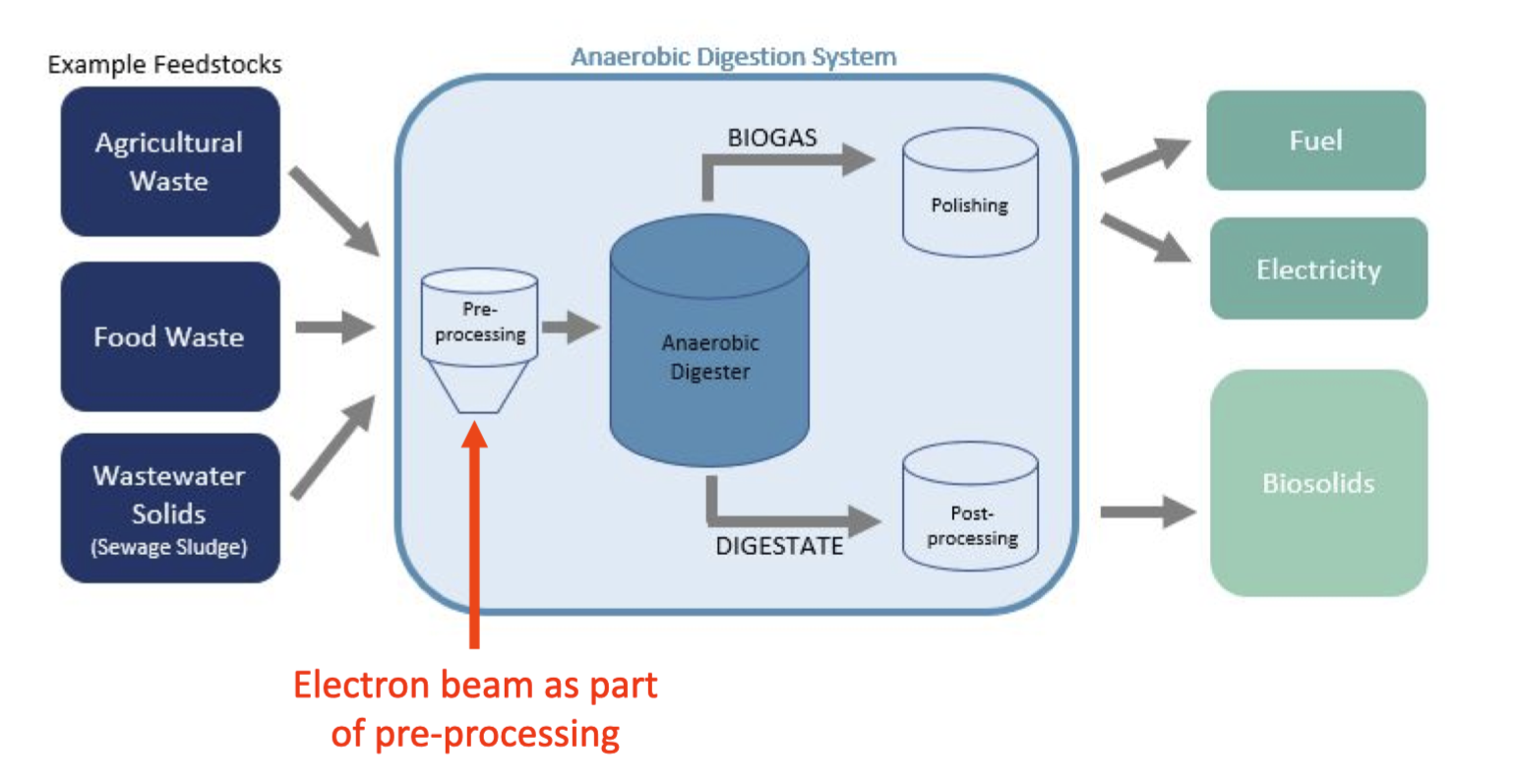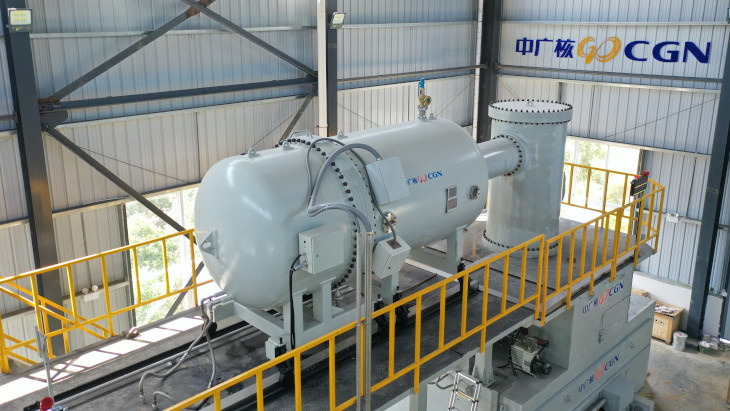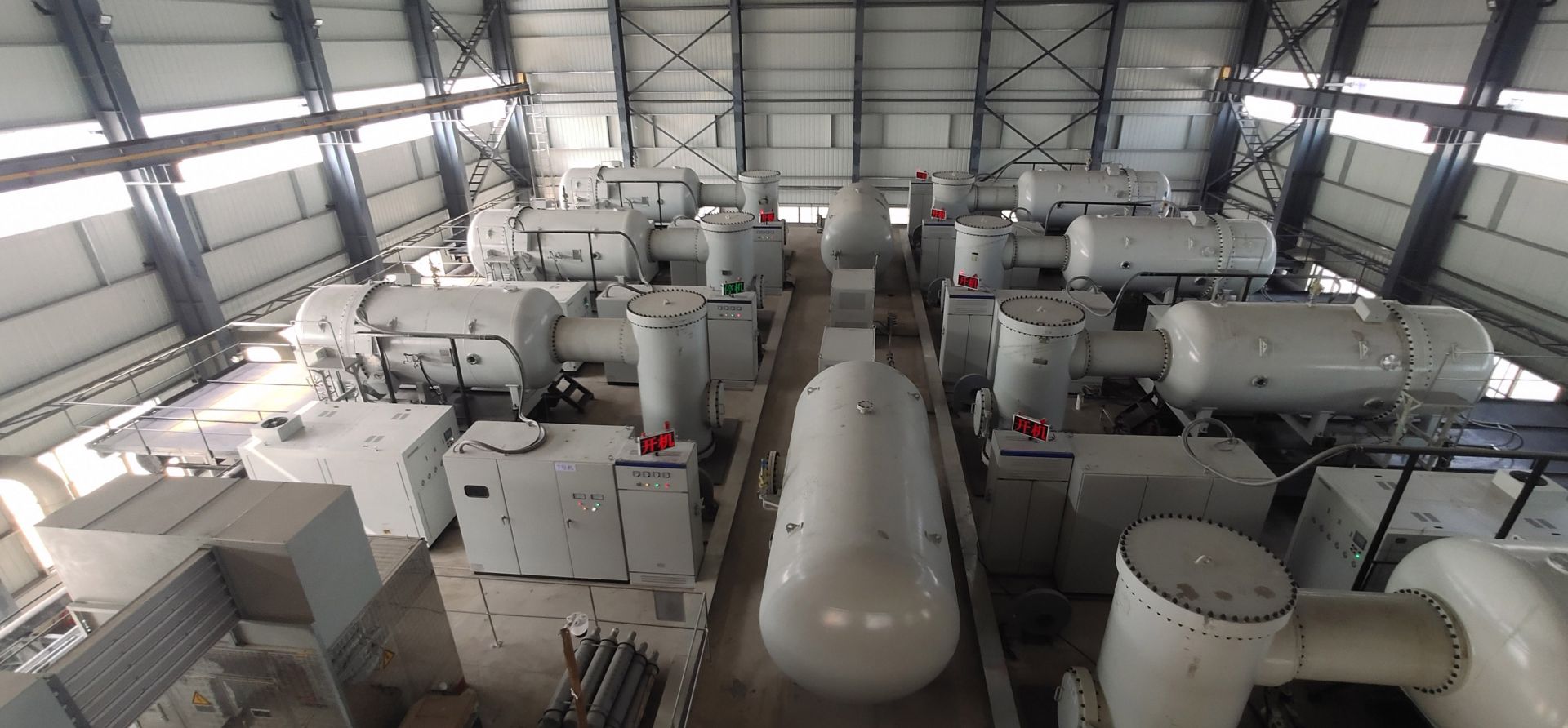In 2023, according to the World Health Organisation, more than 1.8 billion people globally drank water from a contaminated source. Modern-day pollutants, such as microplastics and pharmaceutical products, in addition to bacteria and viruses end up in our water and food, causing preventable diseases and deaths worldwide. The improperly treated sludge that individuals ingest, by either consuming contaminated water or food grown in contaminated soil, is a major source of contamination becoming a direct health hazard. Sewage sludge is also a source of antimicrobial resistance growth that is thought to be responsible for 700.000 deaths worldwide, expected to rise to ten million by 2050.
We have met with Rob Edgecock, Professor at the University of Huddersfield and management team member of the International Irradiation Association, to discuss current solutions to this environmental issue. Rob showed us how the I.FAST project at CERN is exploring novel societal applications of particle accelerators, one of them being the removal of modern-day pollutants from sludge, before it is released in the environment.
Nowadays, sewage sludge is treated mostly through anaerobic digestion, which uses bacterias to kill its contaminants. Rob highlights that “50% of sludge in the world is going through anaerobic digestion. It is put into tanks for 20 days to be digested by bacteria at an elevated temperature.” This treated sludge can then be used on farmland as an organic fertiliser for agricultural land, while the biogas produced through this process can also be used as fuel. Yet, when microbes come in contact with antimicrobial products in the sludge, it can happen that the remaining bacteria that survived through the anaerobic digestion become resistant to treatment, increasing the challenge to fully remove the contaminators. In this case, anaerobic digestion on its own won’t be sufficient to produce the necessary heat to destroy the bacterial genes that tend to survive. Due to the high amounts of remaining untreated contaminants, big quantities of sludge still remain unused, despite containing large amounts of useful organic matter in it.
Electron beams can increase the digestibility of the sludge and reduce modern and pathogenic contaminants roughly 50% faster than the usual wastewater treatments on their own.


A more efficient technology that can treat sludge are the electron beam accelerators, operating at low energies, where the beam plays an essential role in removing the bacteria from the sludge, even in cases of antimicrobial resistance. Electron beams, in addition to anaerobic digestion, can treat very large volumes of contaminated sludge, in a swifter way than anaerobic digestion on its own. If used as a pretreatment before sludge goes through anaerobic digestion, electron beams can increase the digestibility of the sludge and reduce modern and pathogenic contaminants roughly 50% faster than the usual wastewater treatments on their own. In addition to higher efficiency in treating contaminants, the biogas produced in this process is also significantly increased, sometimes doubled or even tripled. “The accelerator breathes its own power and creates more on top of that” explains Rob. Therefore, using electron beams as a pre-digester, not only improves the quality of the sludge that would be used on agricultural land, but it would also generate more than enough biogas for the electricity required to power the accelerator.

Despite a few countries already making use of accelerators to treat sludge, this is not an universal practice worldwide. “One of the main difficulties is the lack of regulatory push, but also getting acceptance of these applications in industry”, explains Rob Edgecock, as the accelerators are currently used solely for wastewater treatment, but not for sludge. Electron beams are a completely new technology for the companies in the water treatment industry, therefore they are often seen as a new risk. At the moment, there is currently no stakeholder that treats sludge uniquely through accelerators and the number of accelerators used to treat sludge in addition to anaerobic digestion can be counted on the fingers of one hand.
China is currently leading by example. A project of CGN Dasheng, the world’s biggest accelerators manufacturer for these kinds of applications, in collaboration with the Tsinghua University in Beijing, was implemented at a local hospital, to remove pathogens such as coronaviruses and antibiotics, from the hospital’s wastewater, all via electron beams. Another facility in China, developed for treating the wastewater containing textile dye, produced by one of the largest factories in the country, uses seven accelerators to treat 30’000m3 of wastewater per day coming from the factory. “Their advantage is that they know what their waste is and what the electron beam does to their waste. It is a controlled pollution they’re dealing with”, unravels Rob. Neighbouring India, is also using beams to combat biohazards, but in a much different way. Two plants in the country use gamma beams with higher penetration rates, instead of electron beams, to treat dried solid sludge and turn it into fertiliser.
While these electron beam accelerators used for environmental applications are based at their core on the same technology as any other accelerator, they are operating at low energies, which Rob says “can only penetrate a maximum of 2 to 3 mm of sludge, requiring it to be reduced to this thickness before treating it with low energy electron beams. He explains that “the technology looking the most interesting in this case are electron linear accelerators, which use superconducting radiofrequency”. The next step for the research on the societal applications of accelerators could continue towards the development of strategies for an efficient high-power electron accelerator.
Read more about the I.FAST project in its latest report.

